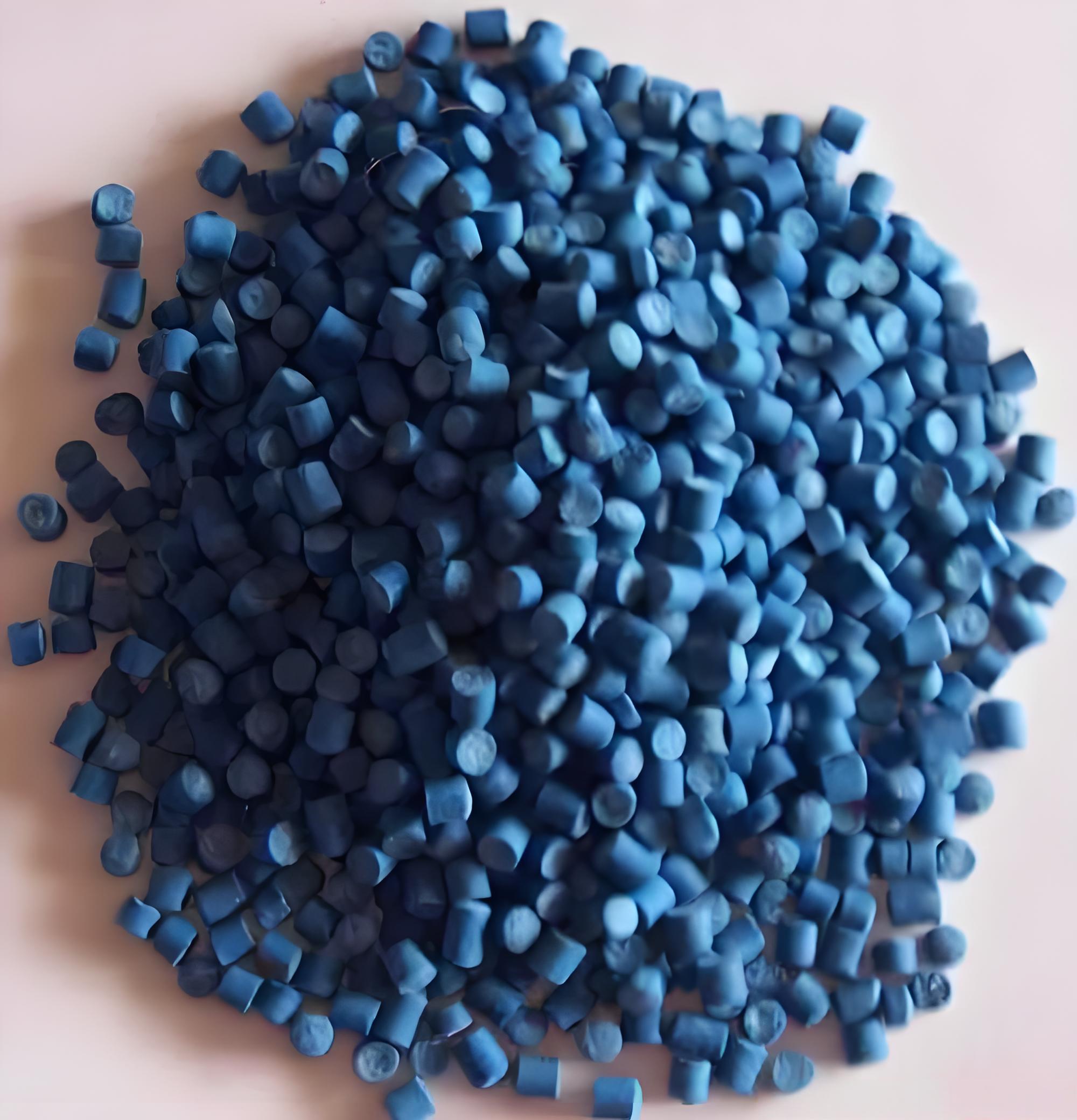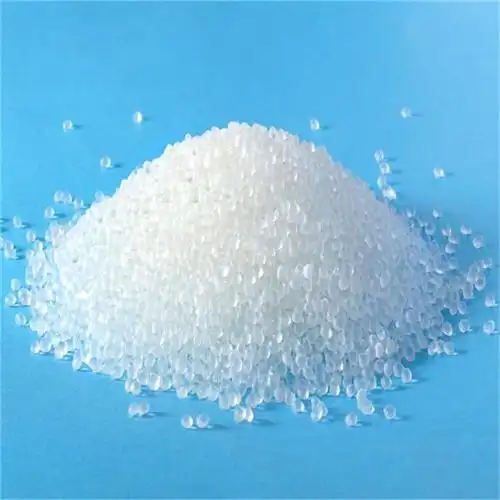I’ve been working in the field of thermoplastic elastomers (TPE/TPR) for well over a decade. Throughout these years, countless customers and partners have come to me with the same puzzled look, holding up a sticky toy and asking: “Why does my TPR toy start to feel greasy or oily after sitting around for a few months?”
If you’ve landed here with the same concern, trust me — you’re not alone. This is actually one of the most frequently discussed topics in our industry. So let me walk you through it from an insider’s perspective.

What Exactly Is TPR?
Before we dig into why TPR seems to “sweat,” it helps to understand what TPR is.
TPR (Thermoplastic Rubber) is a type of synthetic material combining the processability of plastic with the elasticity of rubber. It’s loved for many reasons:
Soft and flexible (great for toys that need to be squeezed, twisted, or chewed)
Good resilience (bounces back to shape)
Can be colored easily
Economical compared to silicone or natural rubber
Because of these qualities, TPR is widely used for:
Pet chew toys
Kids’ squeeze toys
Stress balls
Doll accessories, and more.
Why Does TPR Start “Leaking Oil”?
This phenomenon is often called “plasticizer migration.” Here’s the simpler explanation:
TPR is made up of polymer chains mixed with plasticizers (think of them as oily substances) which make it soft and flexible.
Over time, especially when stored in warm or humid conditions, some of these plasticizers start migrating to the surface.
This appears as an oily or sticky film on the toy’s surface.
It’s not that the toy is literally breaking down into oil — it’s simply the nature of the material balancing itself.

A Quick Comparison: TPR vs Other Materials
Here’s a small table that shows how TPR stacks up against a few other popular toy materials when it comes to long-term storage behavior.
| Material | Flexibility & Softness | Tendency to “sweat” | Typical Usage |
|---|---|---|---|
| TPR | Very soft & elastic | Yes, may exude oil over time | Pet & kids’ toys, grips |
| PVC | Flexible if plasticized | Also may leach plasticizer | Cheap squeeze toys |
| Silicone | Soft, stable | No sweating | Premium baby teethers, bakeware |
| Natural Rubber | Elastic, natural | Can bloom (powdery) | Eco toys, gloves |
Is It Dangerous?
This is the question parents and pet owners worry about most.
Short answer:
If your TPR toy comes from a reputable manufacturer who uses food-grade or child-safe plasticizers, it’s not typically dangerous. The oily feel is normal and not toxic.
However, I’d strongly caution against very cheap, no-brand imports that might use substandard additives. Always look for compliance marks (like EN71, ASTM F963, or REACH standards) on packaging if it’s for kids.
How to Store TPR Toys Properly
As someone who’s spent many hours troubleshooting storage issues for clients worldwide, let me share a few practical tips to help minimize oil seepage:
Keep them in a cool, dry place.
Heat accelerates plasticizer migration. Avoid storing in cars or attics.
Use breathable packaging.
Avoid sealing them in airtight plastic bags, which trap heat and humidity.
Don’t pile heavy objects on top.
Compression can push plasticizers out to the surface faster.
Wipe occasionally.
A quick wipe with a dry cloth every few months can slow down visible build-up.

What If My TPR Toy Is Already Oily?
Don’t worry — this doesn’t mean it’s ruined. Here’s how you can fix it:
Wipe with a soft, dry cloth to remove surface oil.
If still sticky, lightly dampen the cloth with warm soapy water (mild dish soap).
Dry completely with a towel.
Optionally, dust with a tiny bit of cornstarch or talc to keep it feeling smooth.
Avoid harsh cleaners or alcohol; these can dry out or damage the surface.
A Few Personal Observations
Having toured dozens of factories and run countless product batches myself, I can tell you:
Even well-made TPR toys can show slight surface oiling after months. It’s just how the material works.
Some customers actually prefer this as it keeps the toy supple rather than cracking.
If you absolutely want zero oil, silicone is an option — but at double or triple the price.
So it comes down to balancing budget, feel, and expectations.

Related Questions & Answers
Q: Will frequent cleaning prevent oil from appearing?
Not exactly. It can remove oil on the surface but doesn’t stop internal migration. It helps keep it looking fresh, though.
Q: Can my dog still chew on it if it’s oily?
Yes — if it’s a certified pet-safe TPR toy. Just give it a quick rinse first.
Q: Does sunlight make it worse?
Absolutely. UV rays and heat both speed up migration. Store in the shade.
Q: Is there a way to “seal” the toy?
No practical way. Sprays or coatings generally crack or peel due to the flexible nature of TPR.
Final Thoughts
I hope this gives you a clear picture of why your TPR toy might feel a bit greasy after a while. It’s a normal characteristic of this wonderfully soft, flexible material — not necessarily a flaw. With a little care in storage and occasional wiping, you can keep these toys looking and feeling great for years.
If you have more questions about TPR, silicone, or other toy materials, feel free to drop them below. I’ve spent most of my career solving these exact kinds of puzzles, and I’d be glad to help.





